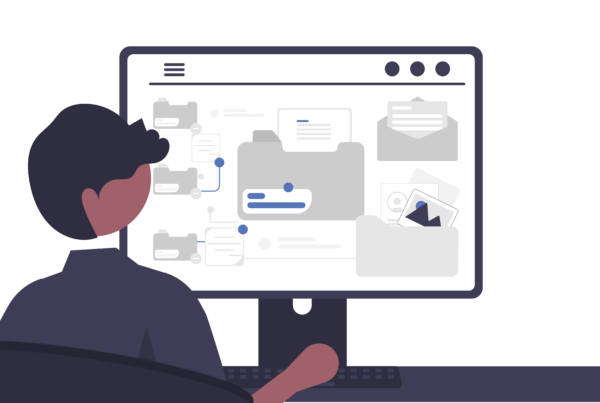
In today’s digital world, where information is at our fingertips, we still encounter analog data in various forms such as paper receipts, conference handouts, and whiteboard notes. Converting this analog data into digital format is crucial for productivity and efficiency. Intending to simplify this process, innovative tools have emerged to bridge the gap between analog and digital. I
Quickly Transform Paper-based Data with Insert Data from Picture
An innovative feature allows for the easy conversion of analog data into digital format. By leveraging advanced optical character recognition (OCR) technology, layout understanding techniques, and machine learning models, users can effortlessly capture and convert table-format data from physical documents. This streamlined approach enables quick analysis and informed decision-making on the go, empowering individuals to make the most of financial spreadsheets, work schedules, task lists, and more.
Convert Handwritten Notes to Digital Text with Ease
Tools have been developed to simplify the conversion of handwritten notes into digital text. By capturing pictures of handwritten whiteboard notes using specialized apps, users can effortlessly convert them into digital ink, enabling seamless collaboration and brainstorming in a digital environment. Additionally, handwriting recognition integrated into note-taking applications enables users to convert their handwritten notes into text for easy sharing across different platforms.
Exploring Advanced Analog-to-Digital Conversion
Innovation continues to drive analog-to-digital conversion methods. Advancements are being made to allow users to import text directly from pictures of handwritten notes on paper, providing a seamless transition from analog to digital. Further explorations include scanning pictures, PDF annotation, and digital signing, which promise to enhance the analog-to-digital conversion experience and streamline digital workflows.
Analyzing the Physical World with Digital Tools
Digital tools have expanded their capabilities beyond importing data from physical sources. By leveraging these tools, educators and students can explore and analyze real-world phenomena. For example, by integrating data streams from physical sensors into digital platforms, students can engage in data analysis related to fields such as STEM and the Internet of Things (IoT). This empowers them to gain insights and make informed decisions based on real-world data.
As we navigate the digital era, the conversion of analog data into digital format becomes essential for productivity and efficiency. With innovative tools at our disposal, the process of digitizing analog information has been simplified. By seamlessly integrating analog data into digital platforms, individuals and organizations can unlock new insights, enhance collaboration, and make data-driven decisions. Embrace these tools and embark on a transformative journey towards digital excellence.



